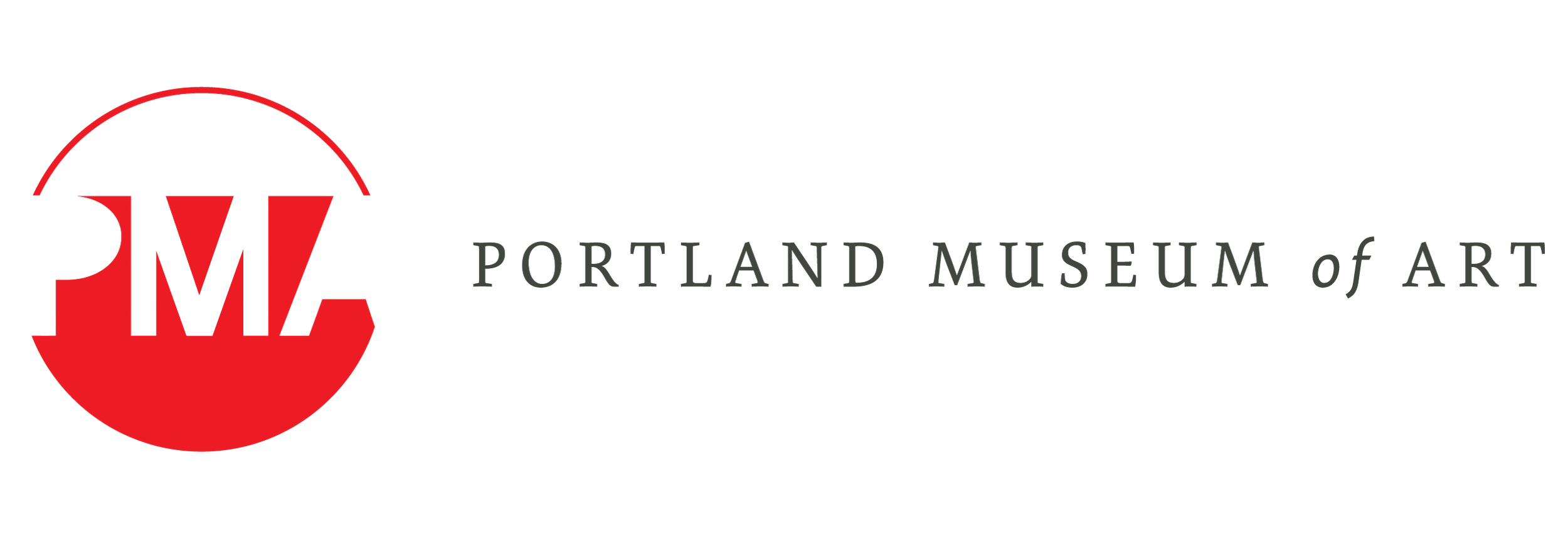David Driskell | Ghetto Wall #2
Best for MIDDLE SCHOOL through HIGH SCHOOL
David Driskell (United States, 1931–2020), Ghetto Wall #2, 1970, oil, acrylic, and collage on linen, 60 x 50 inches Museum purchase with the support of the Friends of the Collection, including Anonymous (2), Charlton and Eleanor Ames, Eileen Gillespie and Timothy Fahey, Cyrus Hagge, Patricia Hille Dodd Hagge, Alison and Horace Hildreth, Douglas and Sharyn Howell, Harry W. Konkel, Judy and Leonard Lauder, Marian Hoyt Morgan and Christopher Hawley Corbett, Anne and Vince Oliviero, D. Suzi Osher, Christina F. Petra, Karen and Stuart Watson, Michael and Nina Zilkha, 2019.16
THEMES
CONTENT AREAS AND STANDARDS MET
What Maine Ed Standards will this lesson meet? What content areas does this lesson connect to?)
Visual Arts
A1. Artist’s Purpose
Students research and explain how art and artists reflect and influence culture and periods of time.
B3. Making Meaning
Students create art works that communicate an individual point of view.
Demonstrate skills in the use of media, tools, techniques, and processes.
Demonstrate knowledge of visual art concepts.
Communicate a variety of ideas, feelings, and meanings.
D1. Aesthetics and Criticism
Students analyze and evaluate art forms.
Research and explain how art and artists reflect and shape their time and culture.
Social Studies
Civics & Government
Students draw on concepts from civics and government to understand political systems, power, authority, governance, civic ideals and practices, and the role of citizens in the community, Maine, the United States, and the world
English/Language Arts
Writing Process and Production
Composing for Audience and Purpose
Routinely produce a variety of clear and coherent writing in which the development, organization, and style are appropriate to task, audience, and purpose.
SEL COMPETENCIES
Self-awareness: Identify and recognize emotions, linking thoughts and feelings, integrating personal and social identities
Social awareness: Perspective taking, empathy, respect for others
Relationship skills: Communication and active listening, social engagement Responsible decision-making: Identifying social problems, reflecting
OBJECTIVE
What will students do/experience/think about, etc? What is the overall goal of the lesson plan?
Students will explore how our personal experiences influence how we see the world
Students will understand the role that public art plays in communicating community values, dreams, stories, and change
Students will compare Driskell’s depiction of America in 1970 to America today, grappling with the similarities and differences
ESSENTIAL QUESTION
What is the big question that this lesson plan seeks to explore or have students grapple with?
How do we respond meaningfully and authentically to our historical moment? What is the artist’s role in creating social change?


